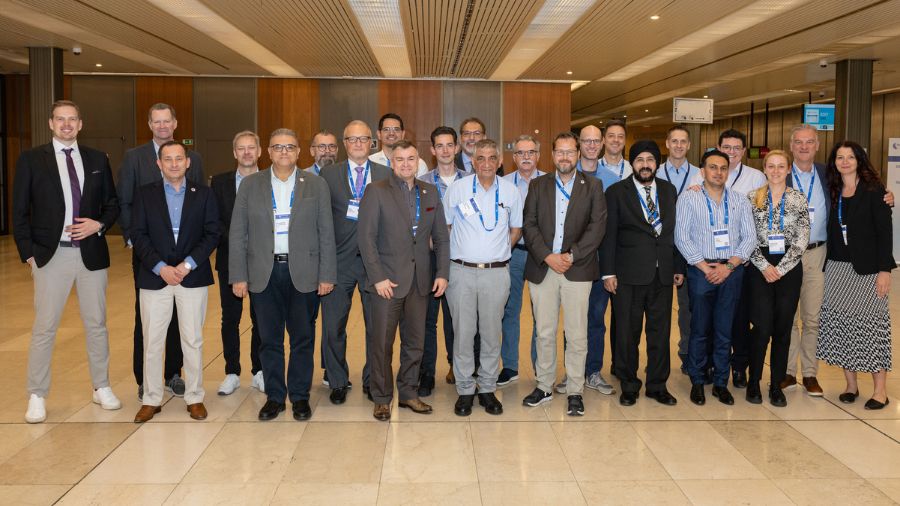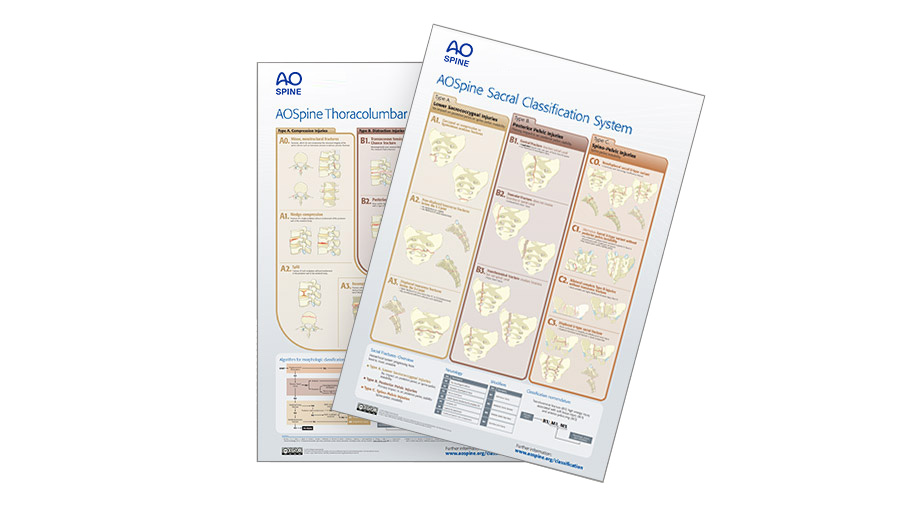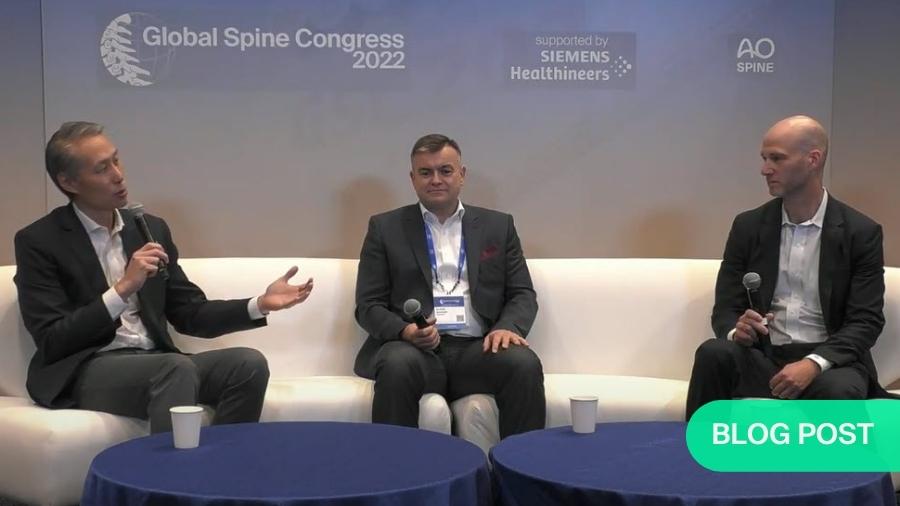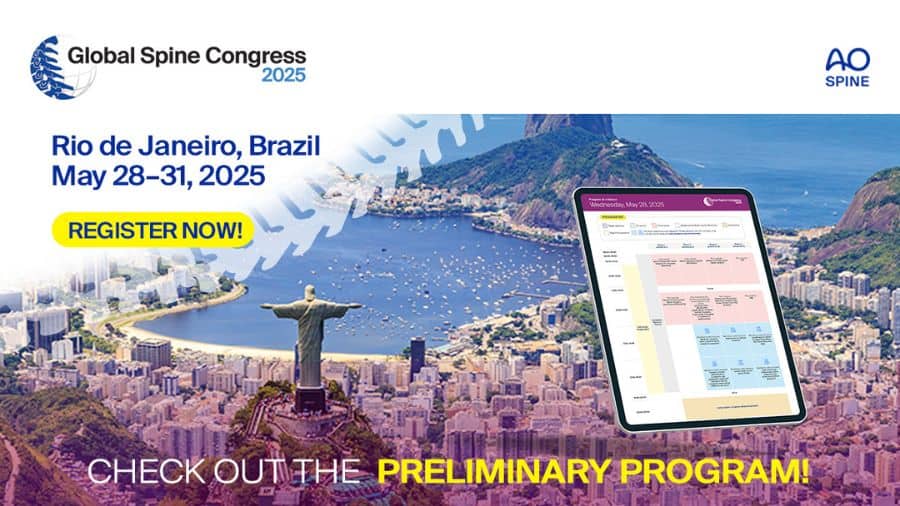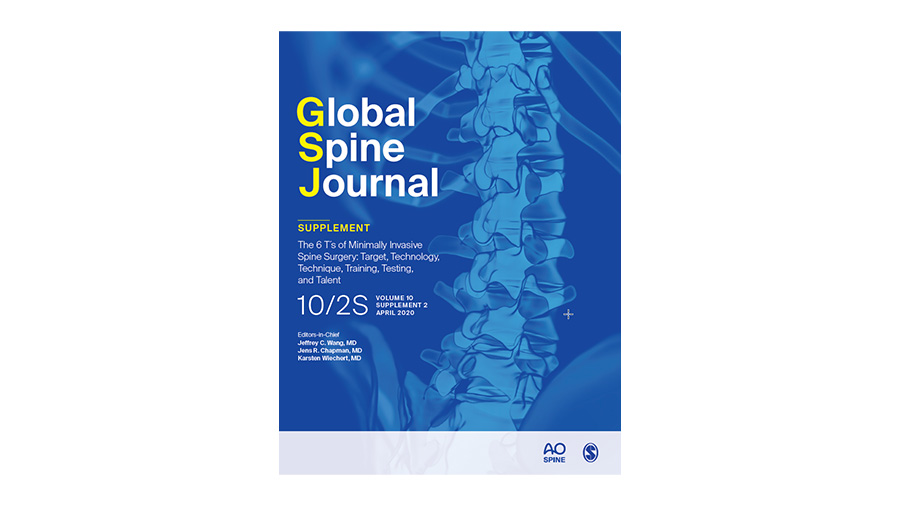Treatment decisions in neurologically intact patients with thoracolumbar burst fractures
New GSJ special issue is published
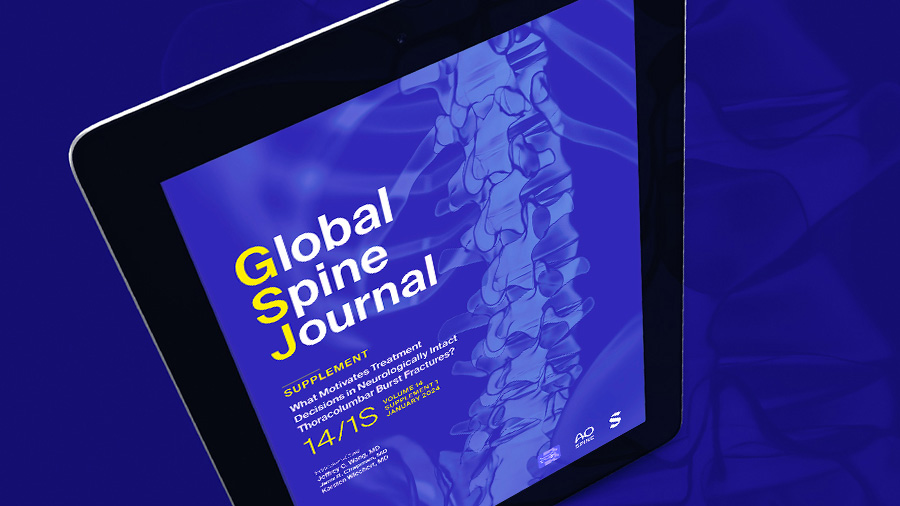
A new Special Issue from the AO Spine Knowledge Forum Trauma has been published in the Global Spine Journal (GSJ). The issue explores in detail the factors that influence surgeons’ decision-making in thoracolumbar burst fractures without neurological deficit, from radiographic evaluation to deciding on a treatment strategy, and why there are such big differences in treatment globally.
The seven articles attempt to determine the role of certain radiographic characteristics and classifications, how they guide surgeons in their decision-making process, and how these characteristics could be integrated into improved classifications, scoring systems, and guidelines. Finally, the role of predictive machine learning algorithms is explored to computerized interpretation of radiographs to offer a greater degree of consistency in surgeons’ decision making for the AO Spine TL A3/A4 burst fractures. Currently there is huge variation globally in the ways these patients are treated.
"Why would two surgeons, in front of the same patient and looking at the same CT scan of the same thoracolumbar burst fracture choose to pursue completely different treatment plans?" This is the question the Guest Editors Marcel Dvorak, Cumhur Oner, Klaus Schnake, Charlotte Dandurand, and Sander Muijs wanted to answer.
Operate or not to operate on AO Spine A3/A4 thoracolumbar burst fractures?
…that is the question spine surgeons continue to have differing views on. There is widespread disagreement with some surgeons treating almost all these injuries surgically and others treating almost all non-surgically. Even among the 22 AO Spine Knowledge Forum Trauma experts participating in the study, some believe passionately that surgery provides the optimal outcome for these patients, while others support non-operative treatment with equal certainty. These predetermined beliefs, based on surgeons’ experience, training, and local practice make the clinical equipoise so interesting.
According to the guest editors of the GSJ Special Issue, a better understanding of the processes that take place from the interpretation of radiographic findings to deciding on a specific treatment will be the key to improving care for these patients. This includes the assessment of the severity of various injuries and inclusion within a classification category.
The guest editors highlight the 'Equipoise concept', published in this focus issue, as the way to go for meaningful research in surgical questions where there are lots of competing 'established schools' of different managements for the same problem.
Finding answers globally to improve patient care
The AO Spine Knowledge Forum Trauma——like all AO Knowledge Forums and study groups—are uniquely positioned to investigate controversies and knowledge gaps and to produce treatment guidelines. The AO communities of clinicians comprise of expert from around the world, which makes results internationally generalizable and reflect regional or individual therapeutic preferences that surgeons may display in patient care.
In the case of thoracolumbar burst fractures, an unparalleled opportunity presented itself with radiographs, CT scans and MRI, collected prospectively on 183 patients with thoracolumbar burst fractures for an observational clinical trial titled ‘Thoracolumbar burst fractures (AO Spine A3, A4) in neurologically intact patients: An observational, multicenter cohort study comparing surgical vs non-surgical treatment’.
This latest GSJ Special Issue in another step towards systematically bringing the world on the same page and addressing the growing health care issues of spinal trauma by providing clinically useful tools for surgeons treating patients with thoracolumbar burst fractures.
To discuss and hear more from the investigators, join the AO Spine’s annual Global Spine Congress 2024 in Bangkok in May. A special symposium on Solving Treatment Variability for Thoracolumbar Burst Fractures hosted by Knowledge Forum Trauma takes place on Saturday, May 18, 2024.
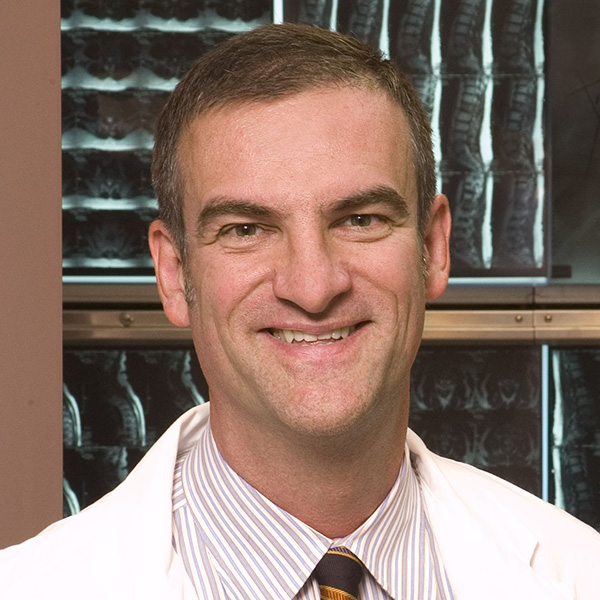
Marcel Dvorak
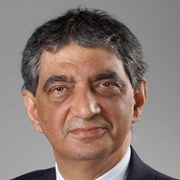
Cumhur Öner

Klaus Schnake

Charlotte Dandurand

Sander Muijs
Special Issue: What Motivates Treatment Decisions in Neurologically Intact Thoracolumbar Burst Fractures?
Topics covered in Global Spine Journal 2024, Vol. 14(1S):
- From Radiographic Evaluation to Treatment Decisions in Neurologically Intact Patients with Thoraco-lumbar Burst Fractures
- Understanding Decision Making as It Influences Treatment in Thoracolumbar Burst Fractures Without Neurological Deficit: Conceptual Framework and Methodology
- Interobserver Reliability in the Classification of Thoracolumbar Fractures Using the AO Spine TL Injury Classification System Among Clinical Experts in Spine Trauma Care
- Using Equipoise to Determine the Radiographic Characteristics Leading to Agreement on Best Treatment for Thoracolumbar Burst Fractures Without Neurologic Deficits
- The AO Spine Thoracolumbar Injury Classification System and Treatment Algorithm in Decision Making for Thoracolumbar Burst Fractures Without Neurologic Deficit
- The Influence of Comminution and Posterior Ligamentous Complex Integrity on Treatment Decision Making in Thoracolumbar Burst Fractures Without Neurologic Deficit?
- Expert Opinion, Real-World Classification, and Decision-Making in Thoracolumbar Burst Fractures Without Neurologic Deficits?
- Predictive Algorithm for Surgery Recommendation in Thoracolumbar Burst Fractures Without Neurological Deficits
- What Factors Influence Surgeons in Decision-Making in Thoracolumbar Burst Fractures? A Survey-Based Investigation of a Panel of Spine Surgery Experts
- Summary and Future Strategies in Anticipation of the A3 A4 Fracture Study Results


